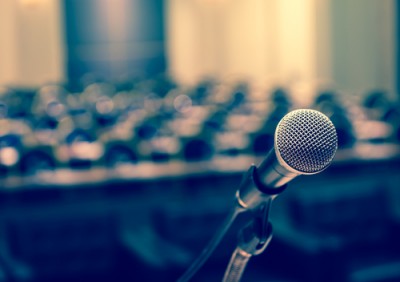Some Experts Fear Technology Is Like Catnip, and It’s Harming Our Ability to Focus
The lure of e-mail, the Internet and cell phones provides a dopamine rush not unlike the reaction to danger, taking away our attention from more long-term projects and harming our ability to focus.
The New York Times has two stories on the phenomenon. “This is your brain on computers,” the New York Times writes in one of the stories. The urge to constantly be connected is interrupting work and family life, impacting creativity and deep thought. The effects linger even after we put away the electronic devices, the story says.
Stanford University communications professor Clifford Nass told the Times that evolutionary history favored those who responded to a big surprise, but now technology is replacing that call for our attention. “We’ve got a large and growing group of people who think the slightest hint that something interesting might be going on is like catnip,” he told the Times. “They can’t ignore it.”
Research at the University of Utah shows that fewer than 3 percent of the population are so-called supertaskers who can easily juggle multiple sources of information. Other heavy multitaskers, scientists say, may have more trouble putting aside irrelevant information, and experience more stress, the story says.
A companion story in the New York Times says researchers believe excessive use of technology may make us more impulsive, forgetful and narcissistic.
Some statistics cited in the main story:
• At work, computer users change windows or check e-mail or other programs nearly 37 times an hour.
• At home, people consume an average of 12 hours of media a day, with one hour of TV and Internet counting as two hours. In 1960, the average was five hours a day.
• Computer users visit an average of 40 websites a day.



